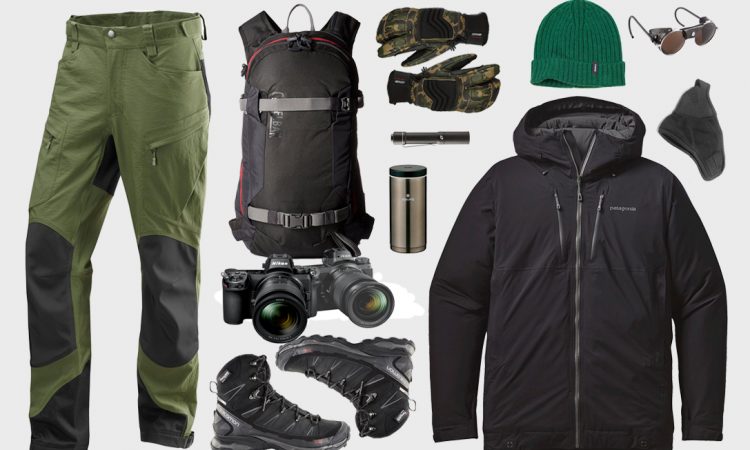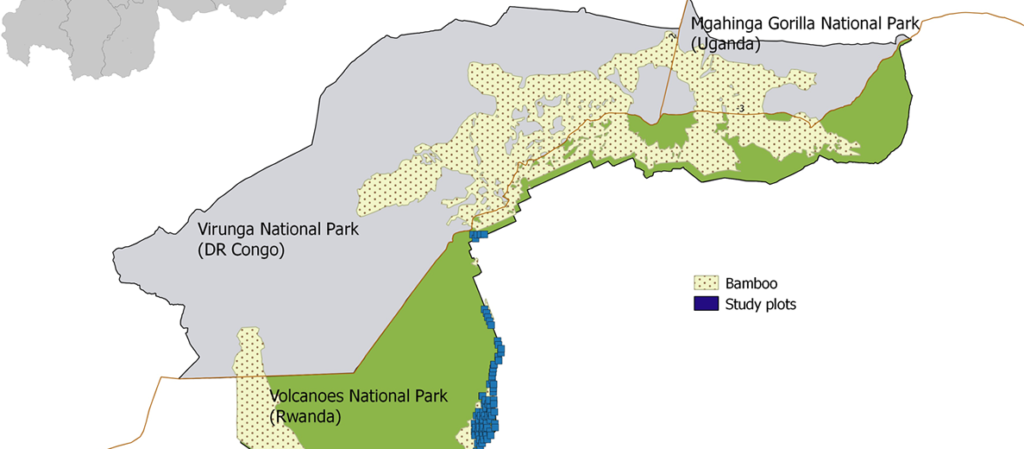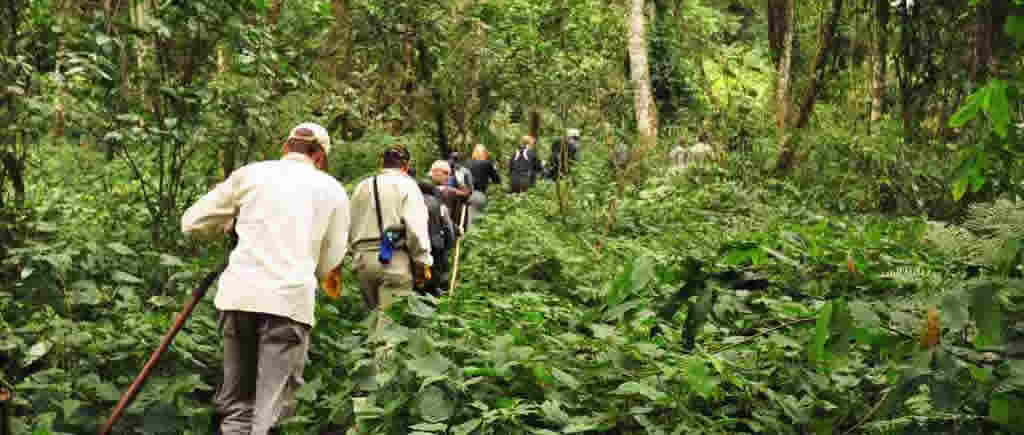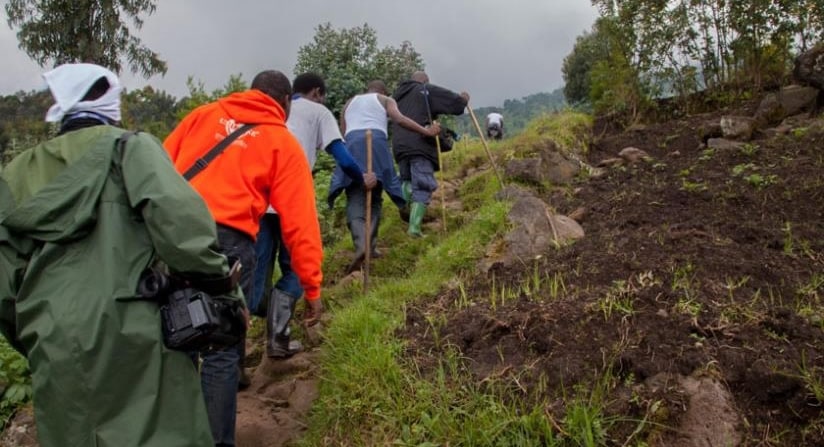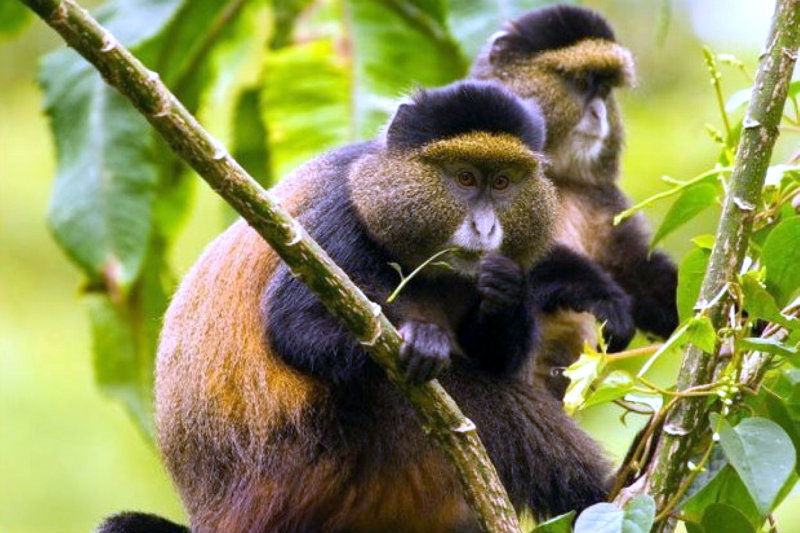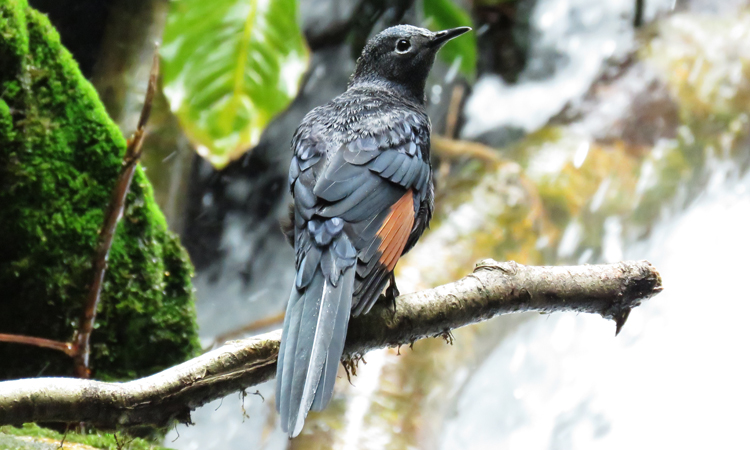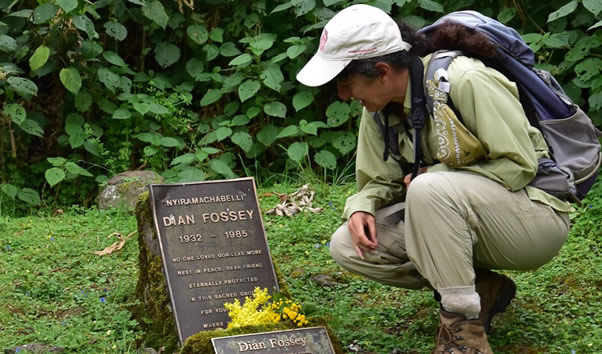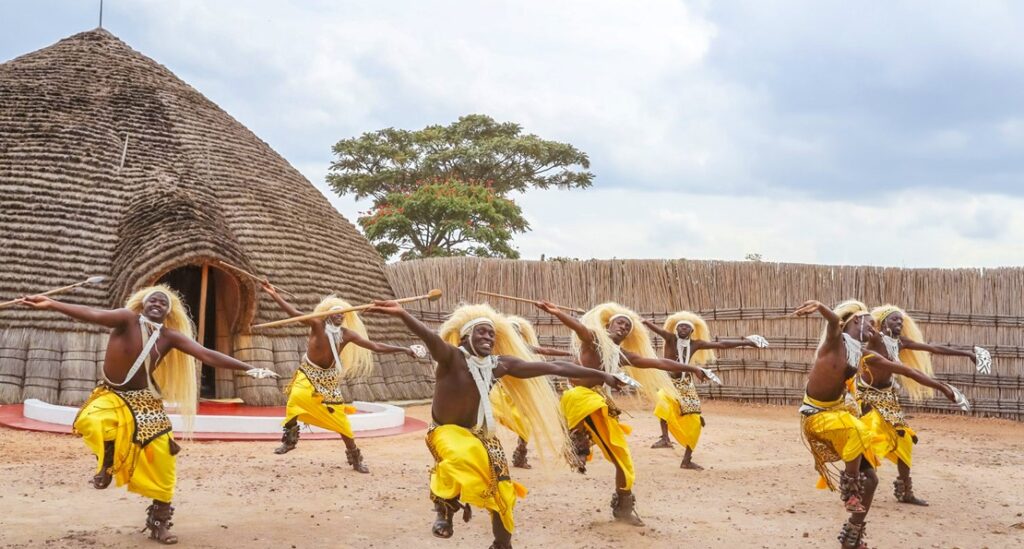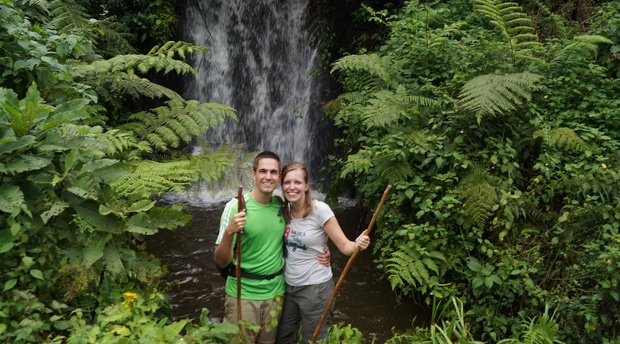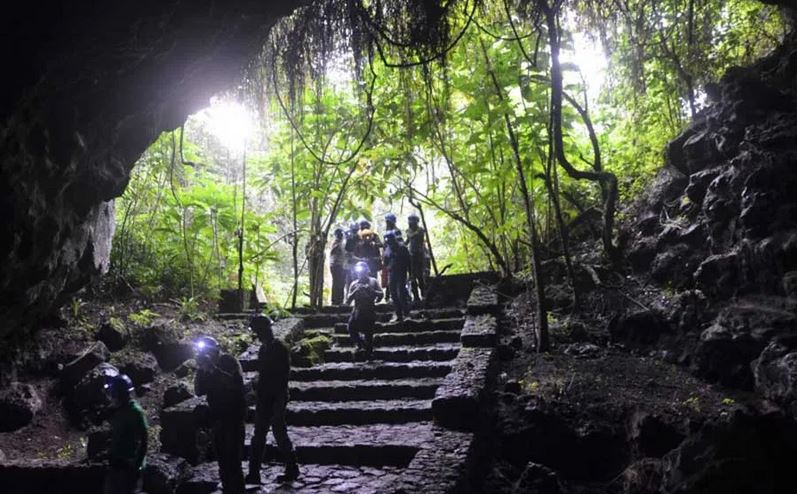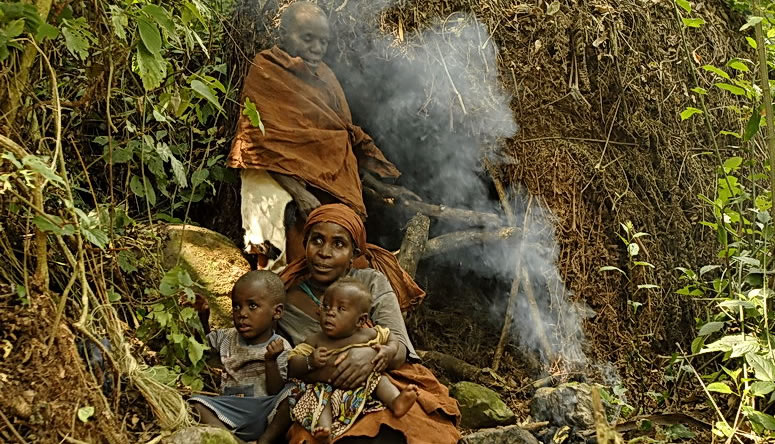Are you ready for gorilla trekking and wondering about the packing list? An encounter with the endangered gorillas is with no doubt a bucket-list adventure on most visitors’ travel plans to Africa, but what leaves many not certain is what or how exactly should they pack. Yes, it is a dream come true when you finally get up close and personal with a mountain gorilla family or massive lowland silverback gorilla with its family members in their natural habitat. Before you consider undertaking a flight to any part of Africa for gorilla trekking, ensure that you have the right gear, clothing, etc.
Mountain gorillas and lowland gorillas are all trekked in Africa. For mountain gorilla encounters, strictly, you will be visiting 4 parks- Virunga National Park in D.R. Congo, Volcanoes National Park in Rwanda; Uganda’s gorilla protected areas-Bwindi Impenetrable National Park, and Mgahinga Gorilla National Park. The 4 protected areas are home to the world’s 1063 endangered mountain gorillas, and the largest population resides in Uganda. Eastern Lowland gorillas can be visited on Congo safari in Kahuzi-Biega National Park.
Packing list
Gorilla permits & passport
Gorilla permits and passports play a key role for anyone whose plans are to visit mountain gorillas or lowland gorillas in Africa. Don’t carry expired gorilla permits or passports on your gorilla safari. With a gorilla permit at hand, the park official can allocate a gorilla group for you to visit and each family of gorillas is visited by a maximum of 8 visitors.
Other than gorilla permits, park authorities accept persons above 15 years to visit gorilla families. Your passport can be used to guide the park official when assigning gorilla families. Different gorilla families require certain fitness levels because there are those that are easy to track and extremely hard or located in tough altitudes.
Waterproof hiking boots
Hiking boots are key for all gorilla safaris in Uganda, Congo, and Rwanda. Given the nature of gorilla habitats, you need waterproof hiking boots, and these should also provide support to your ankles when walking. Waterproof boots are preferable because they can protect your legs from getting wet when you step in mud or water. You also choose boots with grooves to make it easy to walk through tough terrains/steep slopes.
Rain jacket or poncho
Tracking mountain gorillas or lowland gorillas isn’t done in savanna-protected areas, but in dense tropical forests. These areas receive heavy rainfall and it can rain at any time of the day. To be fully prepared for any circumstances, a rain jacket or poncho should be a must-have to safeguard you in case of any downpour.
Insect repellent
Insect repellents come in handy when it comes to Uganda, Congo, and Rwanda gorilla tours. Gorilla trekking is conducted in dense forests, crawling insects can’t be avoided. The only way to scare them off yourself is when you make the best use of insect repellents.
Cameras
Cameras shouldn’t be left out of the packing list for gorilla trekking or even a game safari in Uganda or Rwanda. Nothing leaves lasting memories than images taken by yourself on safari or tour. For gorilla trekking, we recommend that you carry flashlight-free cameras to avoid scaring gorillas or end up irritating them, leading to attacks. Your camera should also come with extra batteries such that when the one in the camera runs out of power, you can easily change and proceed with photography.
Gardening gloves
On your packing list, gardening gloves shouldn’t be left out. A trek to see gorillas isn’t predictable, you can find yourself in a slippery area and you will want to get support then accidentally, you touch thorny or itchy plants. Gardening gloves are to protect you from such incidences.
Long trousers
Long trousers are essential for your gorilla trekking tour. During briefing time, the park official will remind you to tack your trouser into socks and this is to safeguard you from crawling insects that could enter and bite you. This also means you should have pair of socks preferably cotton as trousers will be tacked inside them.
Long sleeved shirt
Tracking gorillas in Uganda, Rwanda, or Congo involves walking through the dense rainforest, and to protect your hands from insects, thorny plants, and falling tree branches, you need long-sleeved shirts. Besides, it can protect you from cold because these apes live at higher altitudes.
Safari hat
A safari hat is also valuable especially if you plan to travel during the peak or dry season/months of the year. It will help protect your head from scorching sunshine while on a trek to see gorillas.
Sweater
A sweater is essential for all gorilla tours in Rwanda or Uganda. It can be cold during night or day the fact that the parks are lying in high altitudinal areas.
First aid kit
A first aid kit consisting of basics should be carried to cater to any emergencies. The first aid kit should have bandages, plasters, ligaments, and other items.
Places to go for gorilla trekking
Gorillas live in many parts of Africa, but the most favorite spots include Uganda, Rwanda, and Congo. In Rwanda, gorilla trekking is a special experience and it is done in Volcanoes National Park. This park lies in the Virunga Region, Northwestern Rwanda, and from Kigali, you can get there within a 2-3 hour drive.
On Uganda safari, gorilla treks are carried out in two locations- Mgahinga National Park and Bwindi N/Park, two special spots where 21 habituated gorillas all live. In the D.R. Congo, mountain gorillas only live in Virunga National Park where 8 groups are all open for gorilla trekking.






